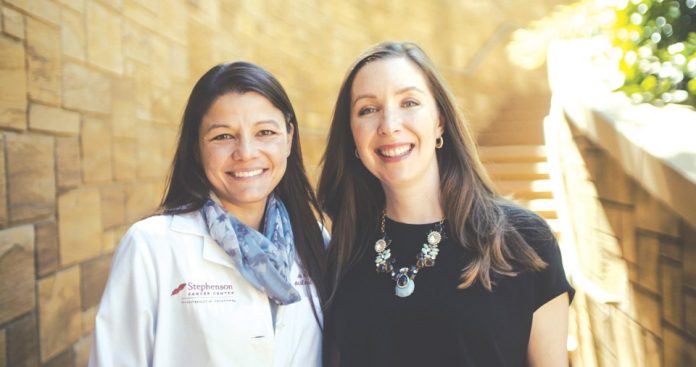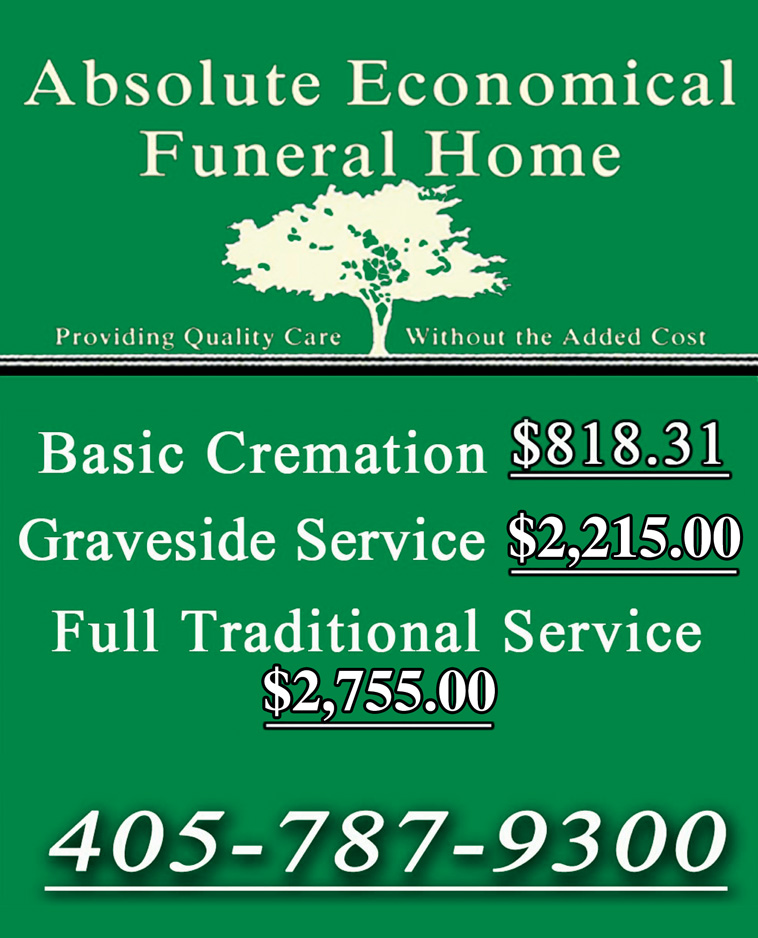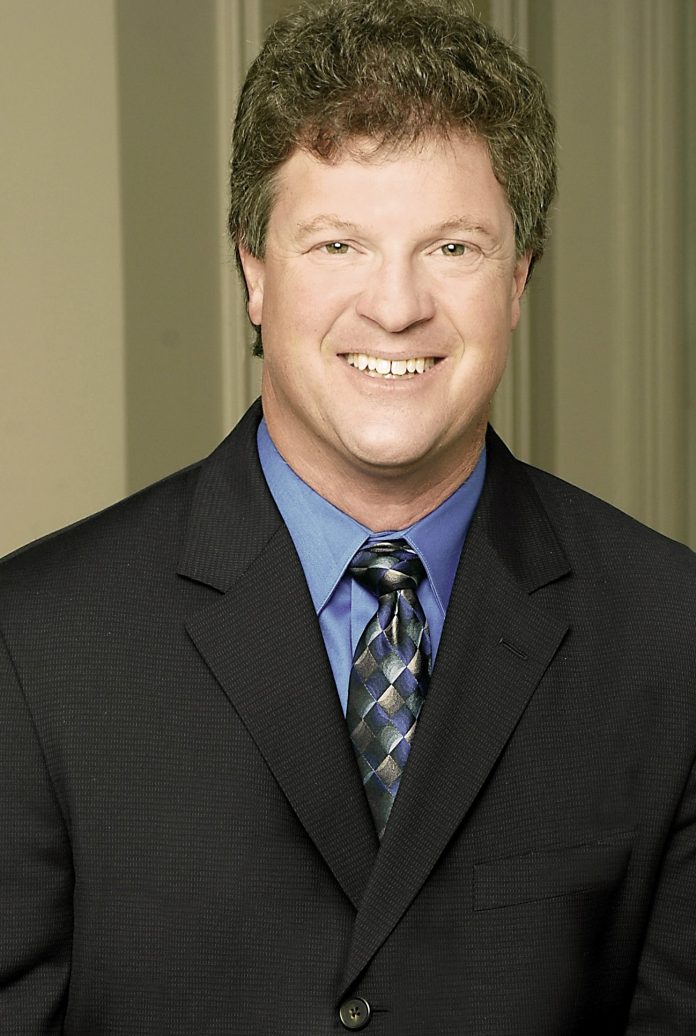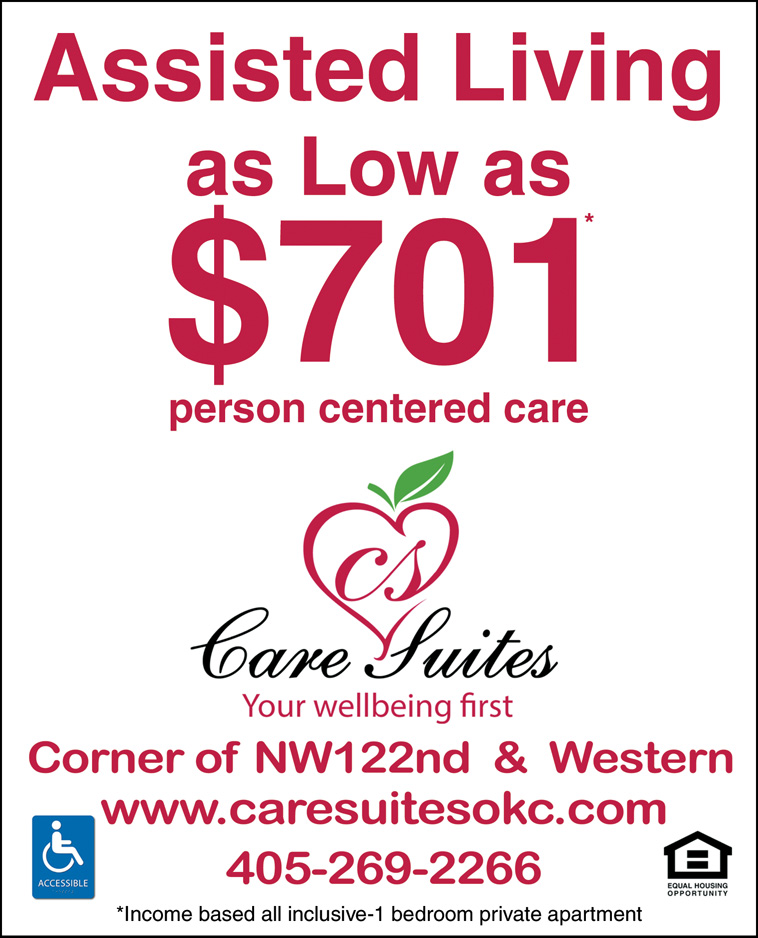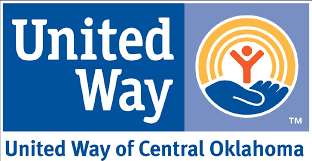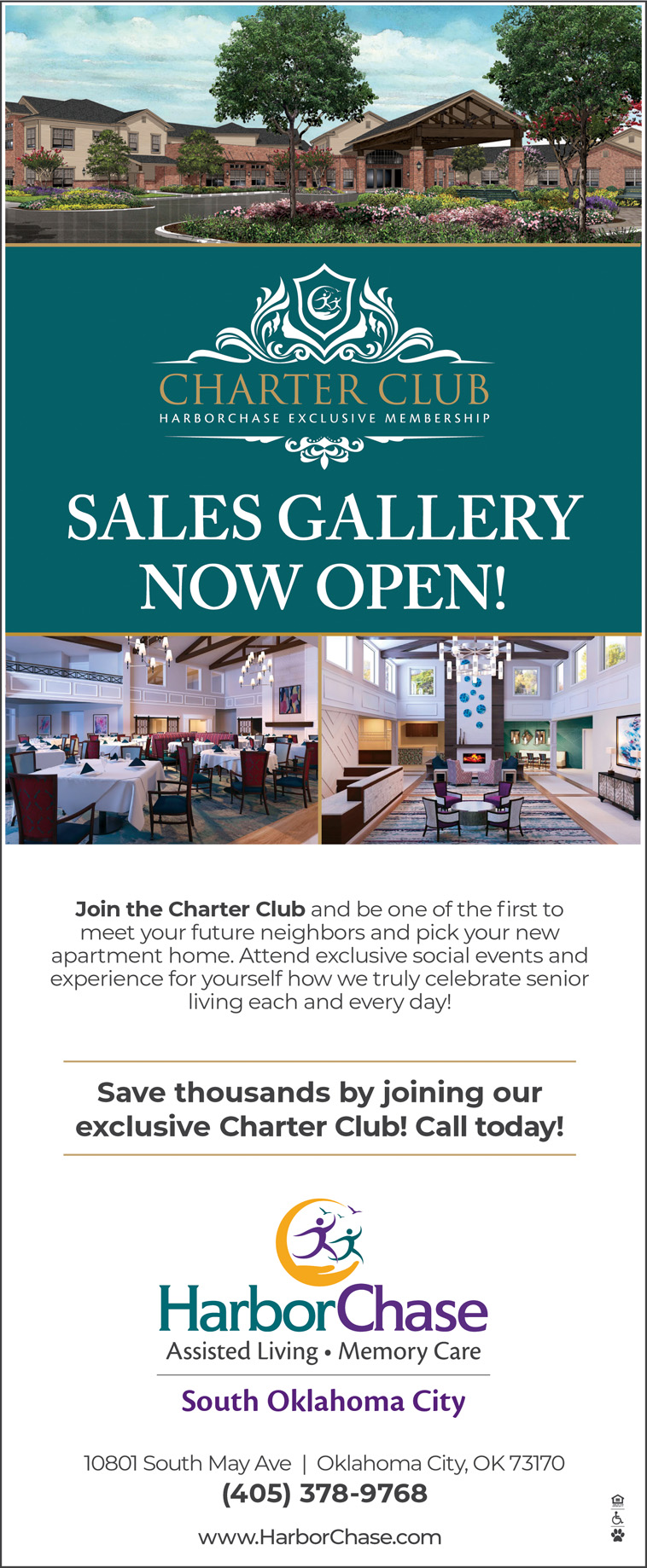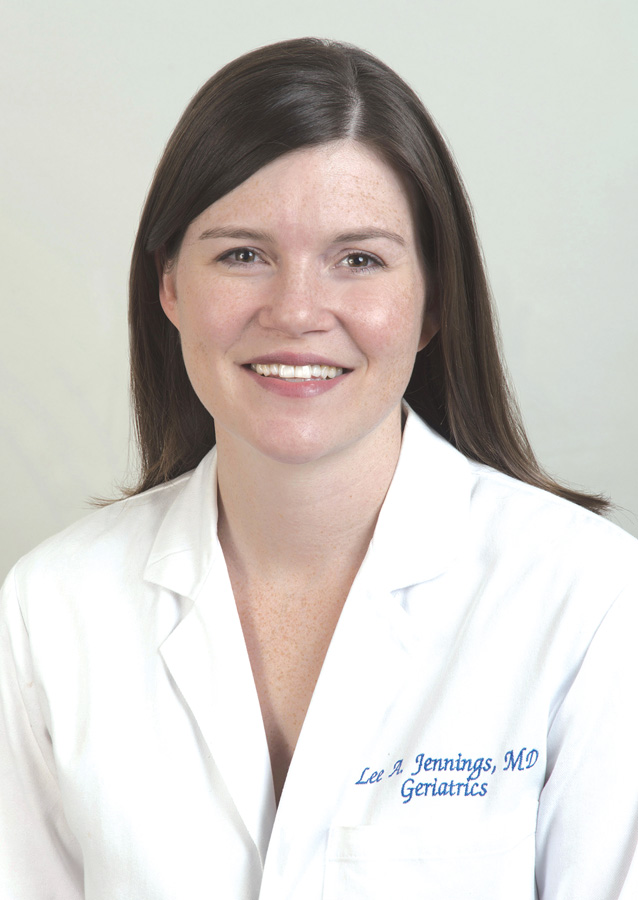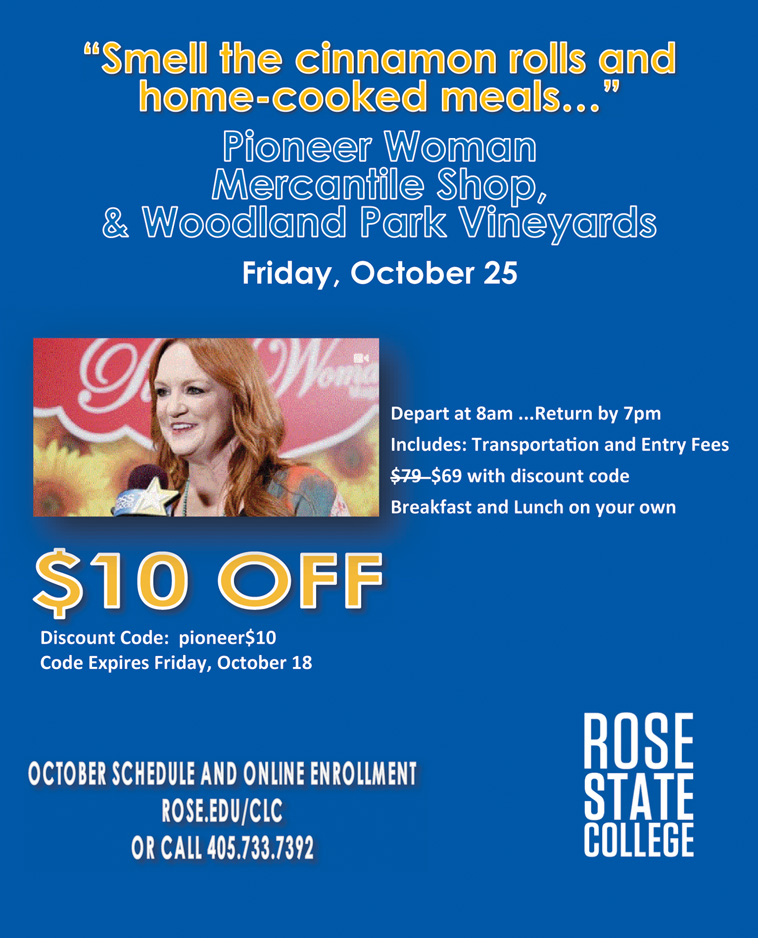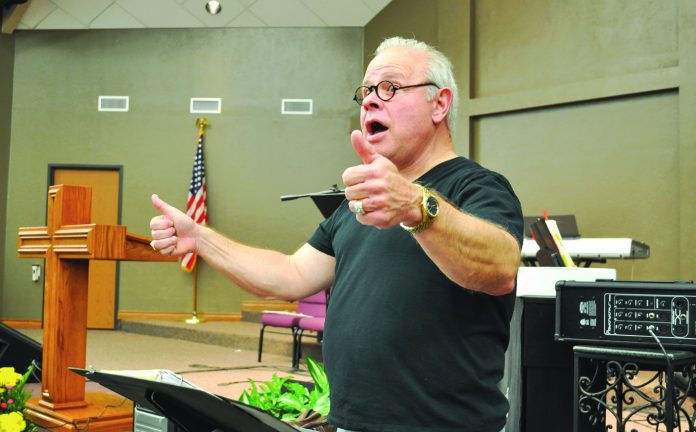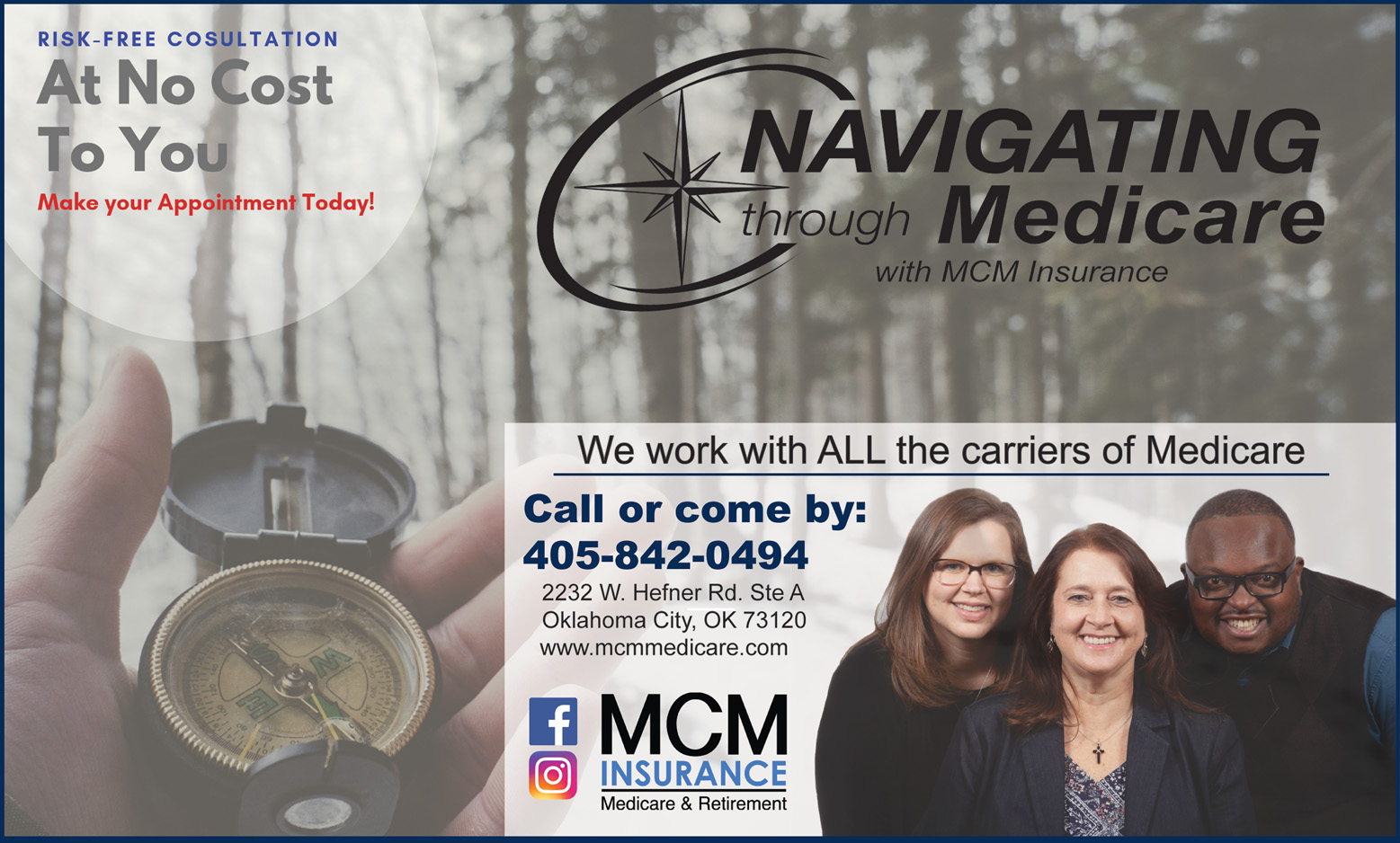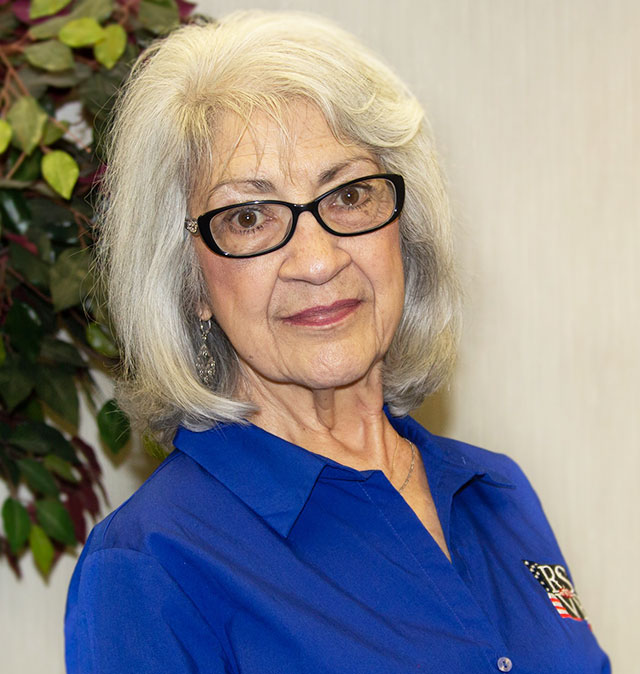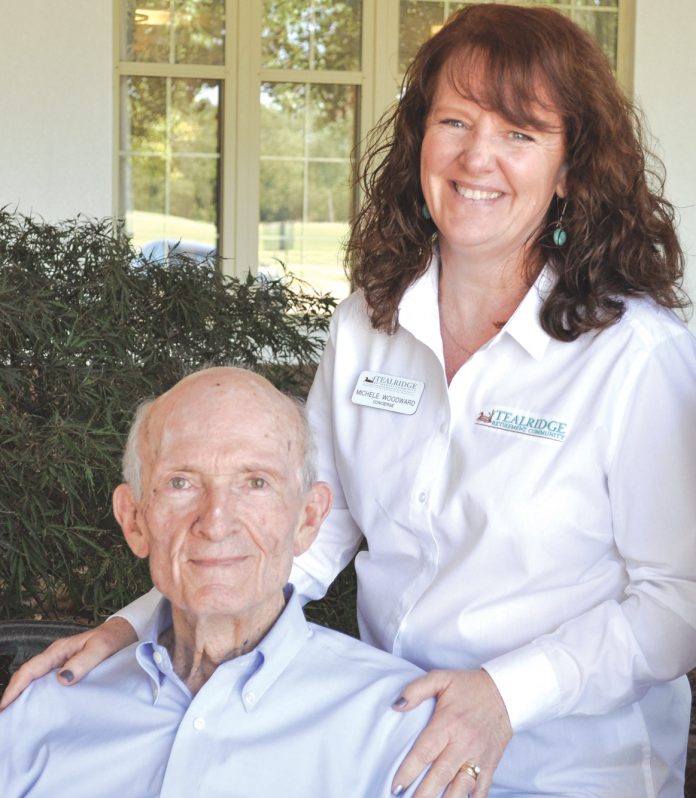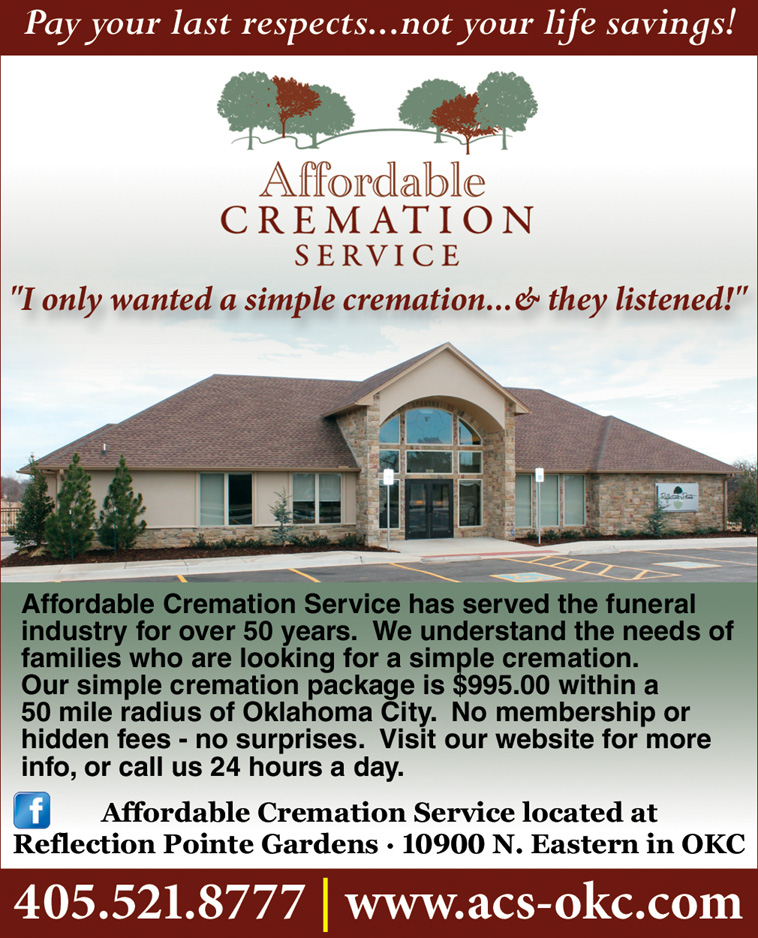by Susan Price – www.NursingHomeAbuseCenter.org
Individuals who have limited mobility or who are confined to a bed or wheelchair are at a high risk of developing bedsores. What starts as inflammation can quickly turn into a painful wound that is difficult to treat. What’s more, once bedsores are established, the patient is at risk for infection, sepsis, gangrene, and amputation. These complications can be fatal.
Bedsores most commonly develop on bony prominences, or parts of the body that come into the most contact with a bed, chair, or other surface. Common places bedsores develop include the heels, elbows, tailbone, and shoulder blades.
Fortunately, bedsores are preventable. Caregivers who follow the standards of care for repositioning, skin care, diet, and exercise can help prevent bedsores among patients.
Exercise to Prevent Bedsores
Exercise is a great way to help prevent bedsores. Exercise increases blood flow throughout the body, including to the skin. This helps prevent bedsores by keeping skin and underlying tissue healthy and well oxygenated. Exercises don’t have to be strenuous in order to be effective. Here are some examples of the type of exercises that can help prevent bedsores. · Ankle Stretches – Ankle stretches are a great way to improve circulation and range of motion. Caregivers assist with ankle stretches by holding the heel and ankle, and slowing bending and moving the foot around. · Arm Lifts – Arm lifts can be done with assistance, or solo. Raise the arm as high as possible (and comfortable), and hold it for ten seconds. Arm lifts can be easily customized depending on the patient’s needs. · Leg Lifts – Leg lifts are a great way to improve circulation and encourage flexibility and range of motion. These exercises can be done with the patient on their back or side, depending on what is most suitable. The leg is slowly raised even with the hip, and is held there for 10-20 seconds as is comfortable and appropriate. · Palm Stretches – Palm stretches are a simple way to improve circulation in the lower arm and hand. With this exercise, the patient opens his or her hand as wide as possible extending the fingers. Then, the patient touches each finger to their thumb slowly before extending the finger again.
Doing these exercises a few times each day, or even once a day, can reduce the risk of a patient developing bedsores.
Exercise as Part of a Healthcare Plan
Exercise is most effective at preventing bedsores when it is part of a comprehensive healthcare plan.
Caregivers can also help prevent bedsores by making sure patients have adequate food and hydration, access to medical care, and assistance with hygiene.
Bedsores often develop on parts of the body that are covered with clothing or linens. Caregivers should perform routine skin checks to look for signs of a developing bedsore. Once a developing bedsore is stageable, it is dangerous and needs immediate medical attention.
Of course, you should never start an exercise regimen for yourself, or for someone you are caring for, without talking to a doctor first. Exercise should be performed with the guidance of a doctor who knows about the overall health of the patient.
Sources: www.nursinghomeabusecenter.org/bedsores/
www.accessrehabequip.com.au/blog/post/21-how-to-prevent-bedsores%3A-exercises-for-pressure-care-patients/
https://advancedtissue.com/2015/06/4-effective-exercises-for-bedridden-patients/
https://www.nursinghomeabusecenter.org/stages-of-bedsores/






